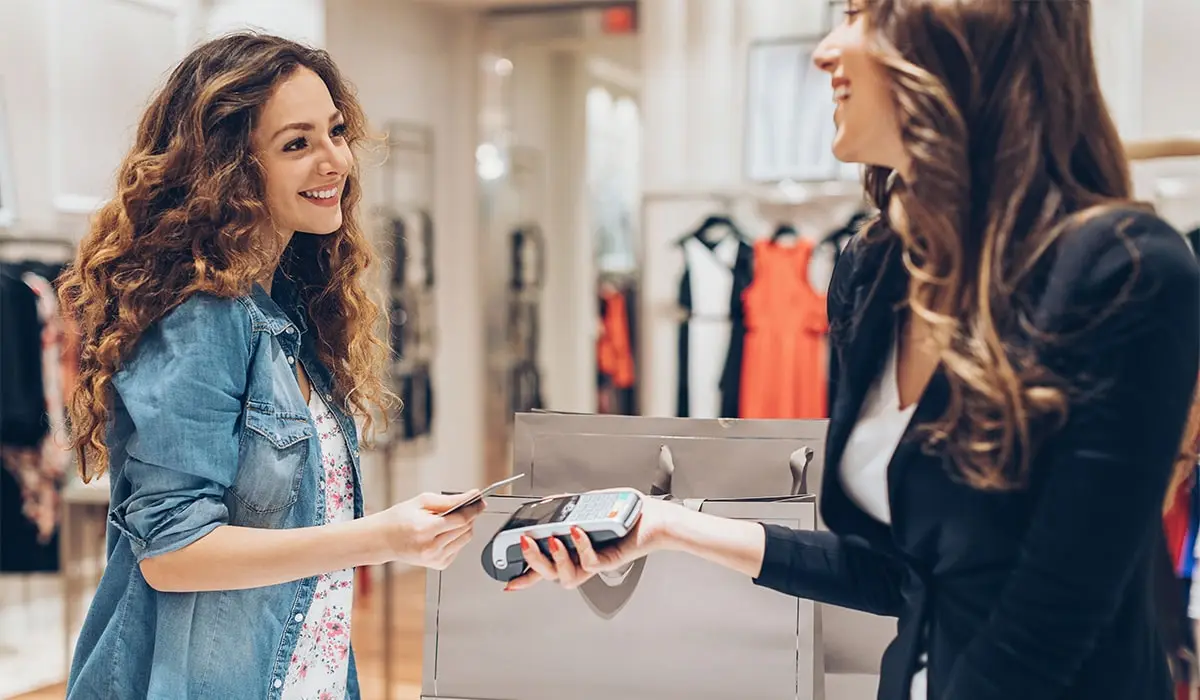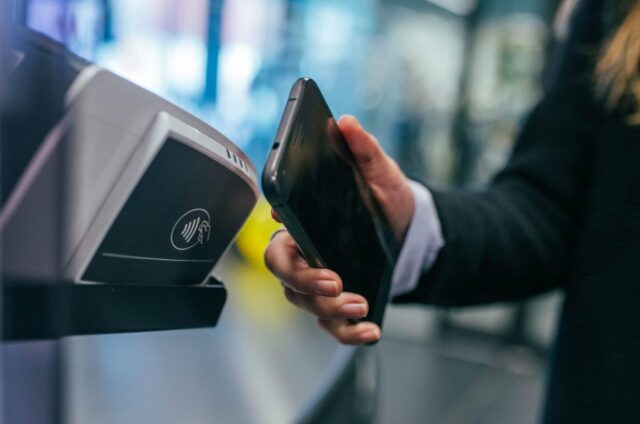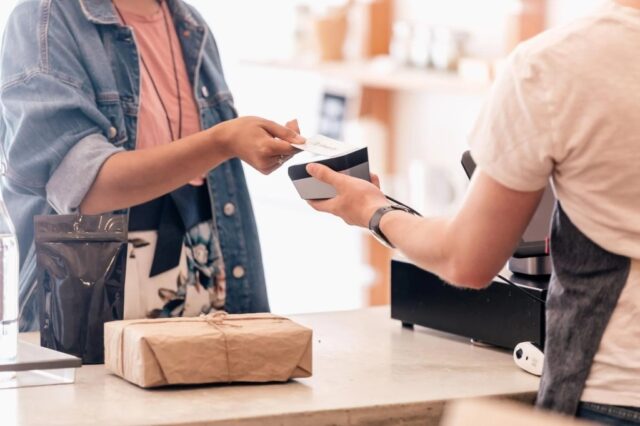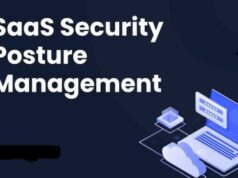
Alright, folks, gather ’round because we’re about to delve into the world of contactless payments. You know, those magic moments when you just tap your card or phone and poof, your transaction is done? It’s like waving a wand at the cash register.
But hey, how secure are these little miracles? Let’s take a closer look at the nine things you need to know about the security of contactless payments.
1. Tap and Go ─ The Convenience Conundrum
Ah, the beauty of contactless payments! No more fumbling for change or waiting for chip readers to do their thing. You just tap your card or accept card payments on phone and bam, the transaction is complete. It’s like the future is here, right?
But hold your horses, because with great convenience comes great responsibility. While it’s super easy to make payments with a simple tap, you might be wondering if it’s safe to trust this technology with your hard-earned cash.
2. Behind the Tap ─ How Contactless Payments Work
Ever wonder what’s happening behind the scenes when you tap your card or phone? Well, it’s not just magic, folks (though it sure feels like it sometimes). Contactless payments use a technology called NFC, which stands for Near Field Communication.
Your card or phone emits a radio frequency that communicates with the payment terminal, transferring the necessary payment info securely. It’s like a secret handshake between your device and the register.
3. The Security Shield ─ Encryption and Protection
Now, you might be thinking, “But what about hackers? Can’t they just snatch my payment info out of thin air?” Well, fear not, because contactless payments come with their own security shield. All the data transferred during a contactless transaction is encrypted, meaning it’s scrambled into a code that’s nearly impossible for hackers to crack.
Plus, your card or phone generates a unique code for each transaction, adding an extra layer of protection. It’s like your payment info is wrapped in a digital fortress.
4. Fraud Fighters ─ The Battle Against Unauthorized Charges
Ah, the dreaded F-word: fraud. Nobody wants to wake up to find their bank account drained by some sneaky cyber-criminal. But fear not, my friends, because contactless payments have some serious fraud-fighting mojo.
First off, there’s a limit on how much you can spend with a single tap, usually around $100 or so. Plus, if your card or phone gets lost or stolen, most banks and payment providers have your back with fraud protection policies. So rest easy knowing that the good guys are on your side.
5. The Sneaky Scammers ─ Protecting Against Skimming

Now, here’s where things get a little dicey. While contactless payments are pretty darn secure, there’s always a chance that some crafty scammer might try to pull a fast one. One of the sneakiest tricks in their playbook is something called skimming, where they use a special device to steal your payment info when you tap your card or phone.
But don’t panic just yet! Skimming is rare, and most payment terminals are equipped with anti-skimming technology to keep your info safe. Just keep an eye out for any suspicious-looking devices lurking around the cash register.
6. Lost in the Digital Wilderness ─ What Happens If Your Device Goes AWOL?
Picture this: you’re out and about, tapping away with your trusty phone, when suddenly… gasp… it’s gone! Whether it slipped out of your pocket or took a dive into the depths of the couch cushions, losing your device can be a real headache.
But fear not, because when it comes to contactless payments, losing your card or phone doesn’t have to mean losing your mind. Most payment providers offer ways to remotely disable your device or card, so even if it falls into the wrong hands, your money stays safe and sound.
7. The Human Factor ─ Protecting Your PIN and Passwords
Alright, folks, listen up because this one’s important. When it comes to keeping your contactless payments secure, the weakest link isn’t the technology—it’s you! That’s right, human error is the number one cause of payment woes.
So do yourself a favor and keep your PINs and passwords under lock and key. Don’t use easy-to-guess codes like “1234” or “password,” and never share your sensitive info with anyone, no matter how convincing their email or phone call may seem. Remember, when in doubt, trust your gut and keep your secrets safe.
8. The Future Frontier ─ Biometrics and Beyond

Alright, fellow pioneers of the digital age, it’s time to strap on your jetpacks and gaze into the crystal ball of tomorrow. The world of contactless payments is always evolving, and that means exciting innovations are just around the corner.
We’re talking biometric authentication, where your fingerprint or face becomes the key to unlocking your payments. It’s like something straight out of a sci-fi movie! So buckle up, folks, because the future of contactless payments is looking brighter—and safer—than ever before.
9. The Bottom Line ─ Balancing Convenience and Security
At the end of the day, folks, contactless payments are a bit like riding a bike. Sure, there might be a few bumps in the road, but with a little common sense and caution, you’ll be cruising along in no time.
So go ahead, and tap away with confidence, knowing that your payments are protected by the latest and greatest security measures. Just remember to keep an eye out for any red flags, and never hesitate to reach out to your bank or payment provider if something seems fishy.
After all, when it comes to your hard-earned cash, it’s better to be safe than sorry.
The Final Verdict ─ Are Contactless Payments Secure?
So, drumroll, please… are contactless payments secure? The answer, my friends, is a resounding yes! While no payment method is completely foolproof, contactless payments come pretty darn close.
With encryption, fraud protection, and anti-skimming technology on your side, you can tap away to your heart’s content, knowing that your money is safe and sound.
So go ahead, embrace the convenience of contactless payments, and wave goodbye to the days of fumbling for change. The future of payments is here, and it’s more secure than ever before!







